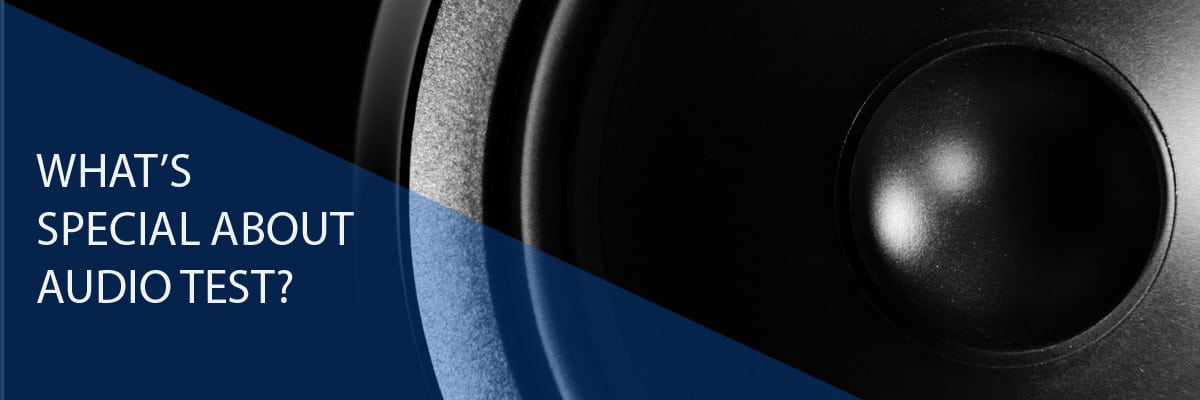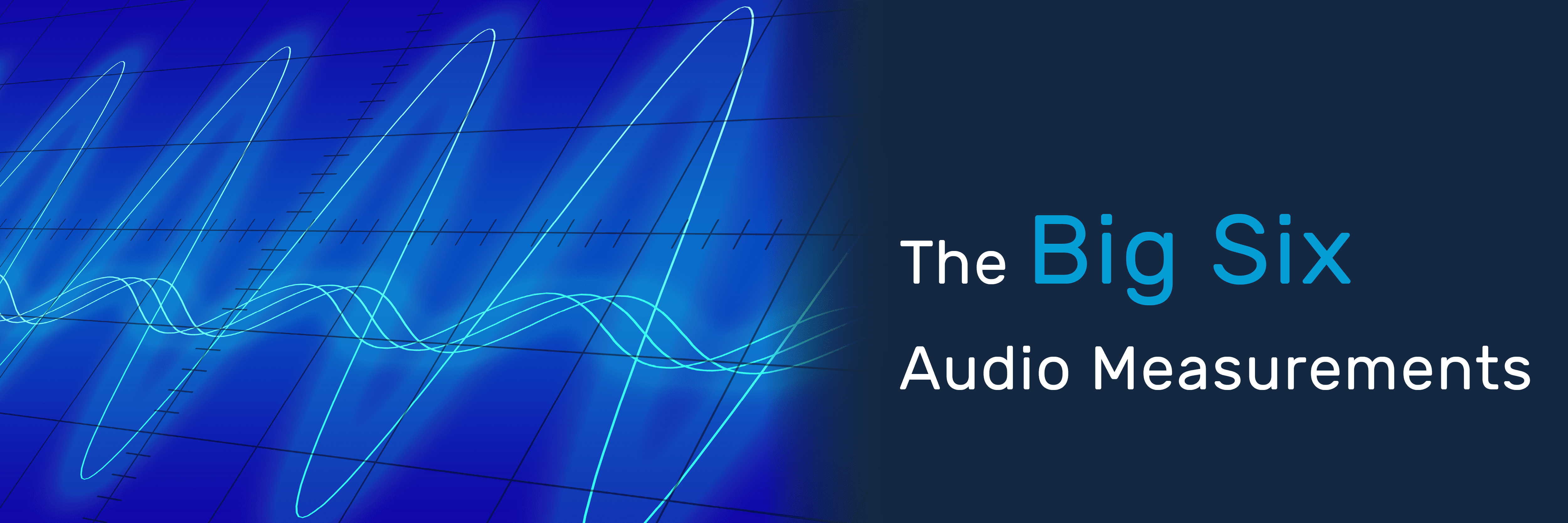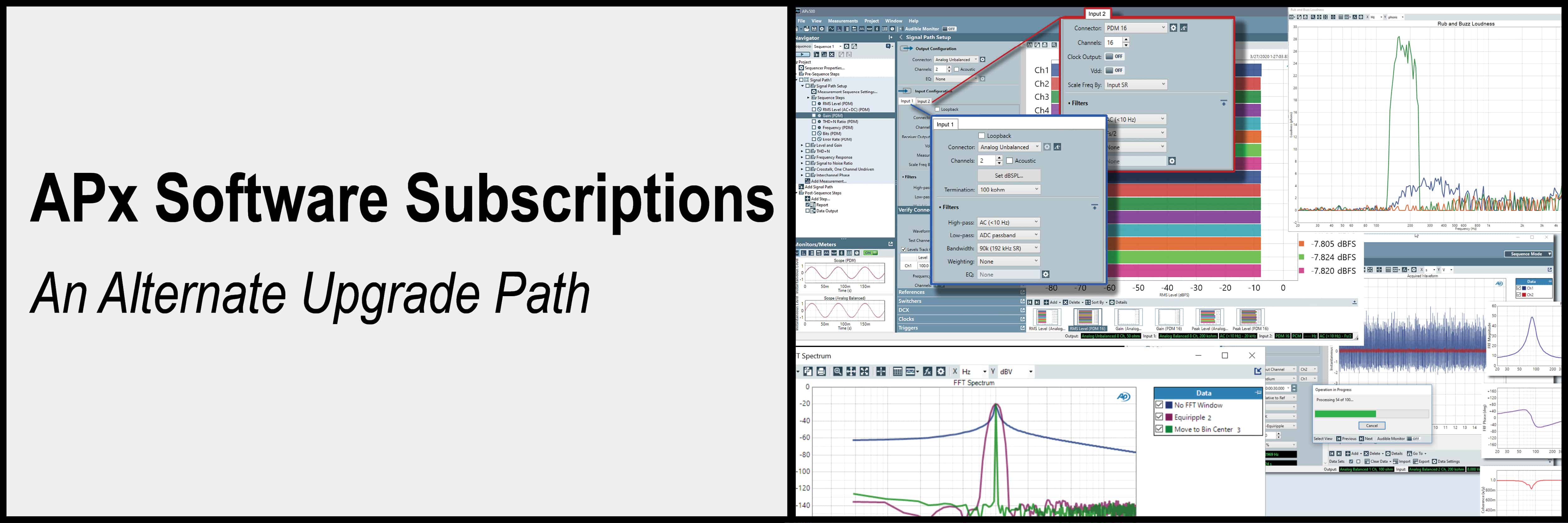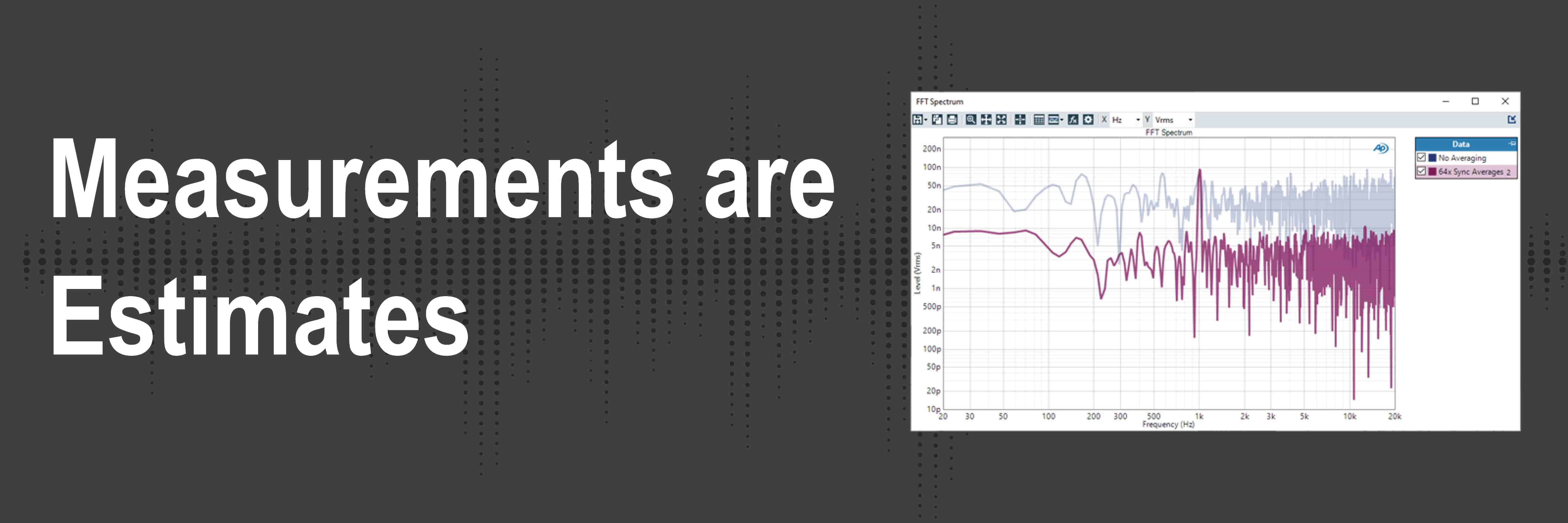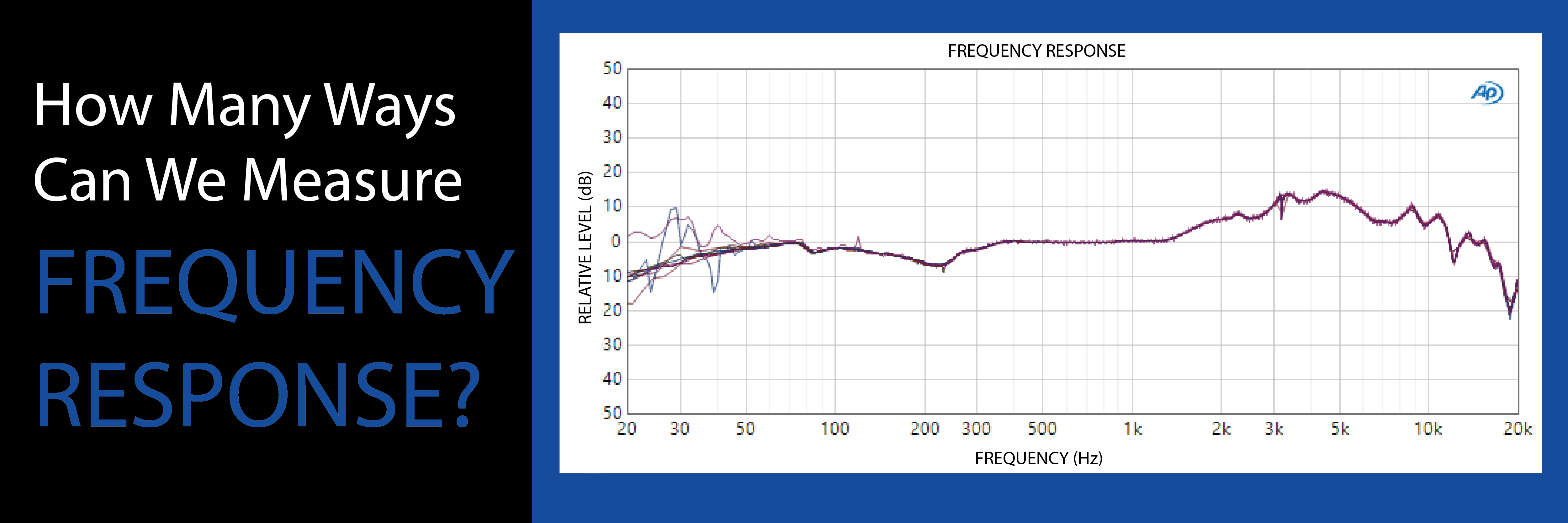What's Special About Audio Test?
Electrical engineers specializing in designing modern high-speed circuits are sometimes taken aback by the idea that audio test is special. After all, for someone used to dealing with gigahertz microprocessors and other high-speed circuits, as well as working with oscilloscopes where even a low-end model has at least 100 MHz of bandwidth, “baseband” audio with a mere 20 kHz of bandwidth might seem positively quaint. However, there are at least a couple of things that make audio signals and their measurement unique.
First, while the bandwidth of the human ear is limited, generally to 20 kHz, the minimum frequency people can detect is 20 Hz or lower. That is 10 octaves of frequency range. For perspective, that is like asking a radio to tune in from the AM band into the microwave region. Practically speaking, a modern audio analyzer is asked to measure the DC offset of power amplifiers while observing the noise shaping and spurious out-band products emanating from Class-D chips and delta-sigma converters. Our own analyzers can resolve from DC to over a 1 MHz with 1 Hz resolution.
Second, while covering a very large frequency span, the total amplitude range of audio signals is also very large. A modern audio analyzer needs to observe the output of everything from state-of-the-art D/A converters with noise measured in single digit µV to power amplifiers with 200 V outputs. Further, while measuring a 200 Vrms sine wave, the system must still be able to resolve the amplitude of harmonic products that may be 60-100 dB lower in amplitude than the fundamental. The APx555 has a self-noise of less than 1 µV and a maximum input level of 300 Vrms, a range of 170 dB.
So, what makes audio measurement special? The requirement to measure signals with exceptional precision and accuracy over an incredibly wide frequency and amplitude range.
